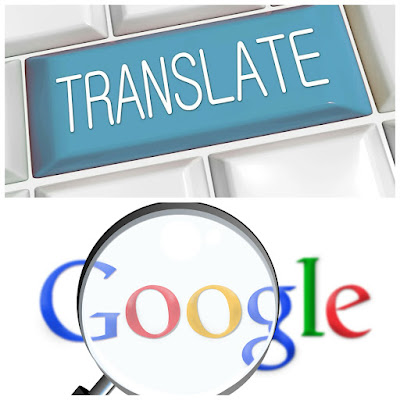Why Google Translate?
Building a bridge between languages and connecting the world while sipping your coffee at your home, translating any information you seek into your language within seconds, regardless of the language—Translation Websites! At the forefront of these is undoubtedly Google Translate.
In an increasingly connected world, accurate website translations have become a crucial factor in expanding global reach and providing a seamless user experience. Website developers work intensively to eliminate language barriers and engage with their target audiences.
Leading the pack of internet platforms that can provide translation quality and adequacy comparable to a professional translator, thanks to artificial intelligence and machine learning technologies, is Google Translate.
Google Translate Offers Numerous Key Advantages:
Launched in 2008, Google Translate was based on statistical machine translation until 2016. In November 2016, Google announced that Google Translate would switch to a more advanced technology called Google Neural Machine Translation (GNMT), and since then, the application's capabilities have continued to grow.
Additionally, the linguistic abilities of Google Translate have significantly improved thanks to artificial intelligence technology. AI-based applications like ChatGPT, developed by OpenAI, and DeepL are also gaining popularity in the translation field. However, Google Translate surpasses almost all similar tools in terms of language coverage, supporting a wide range of languages and expanding further every day.
- -Translation accuracy on Google Translate is quite high.
- - Free use of the web browser and smartphone apps is available to everyone.
- - Additionally, an API adapted for website translation is accessible with a free usage tier.
- - It also includes practical functions for end users, such as the ability to interpret text embedded in images or facilitate voice-based conversations through translation.
110 New Languages Added to Google Translate!
According to news from Google dated June 27, 2024, Google announced that they are effectively using artificial intelligence to expand the diversity of languages supported by Google Translate and that, thanks to the advanced language model PaLM 2 they developed, 110 new languages have been added to Google Translate.
Google Translate Support for Over Half a Billion People!
The new languages include everything from Cantonese to Q'eqchi'. These new languages represent over 614 million speakers and provide translation capabilities for about 8% of the world's population. Some have entered the ranks of world languages spoken by over 100 million people. Others are spoken by small communities of Indigenous peoples, with a few having almost no native speakers but efforts are underway to revive them. Approximately a quarter of the new languages come from the African continent, with prominent ones including Fon, Kikongo, Luo, Ga, Swati, Venda, and Wolof. Google is making its most significant expansion in African languages to date. Google officials also announced that the Turkic languages in the Ural-Altaic language family, including Chuvash, Crimean Tatar, Bashkir, Tuvan, and Yakut, have also been added to Google Translate.
Some of the Newly Supported Languages and Their Features in Google Translate!
Some of the newly added languages to the Google Translate family have very interesting features. According to Google Translate experts, some of these languages and their characteristics are as follows:
- - Afar is spoken in Djibouti, Eritrea, and Ethiopia and is a tonal language. Among these languages, Afar has been the most contributed by volunteer communities.
- - Cantonese has long been one of the most requested languages for Google Translate. Additionally, because Cantonese often overlaps with written Mandarin Chinese, finding data for Cantonese and training models has been challenging.
- - Manx, the Celtic language of the Isle of Man, nearly went extinct with the death of the last native speaker in 1974. However, thanks to island-wide revival efforts, this language now has thousands of speakers.
- - NKo is a Western African Manding language that unifies many dialects under a common language. In other words, NKo is a standardized form of Western African Manding languages, which unites many dialects under one language. It has a distinctive alphabet, invented in 1949, and today has an active research community developing resources and technology for it.
- - Punjabi (Shahmukhi) or a different version of the Punjabi language. This language is a variant of the Punjabi language written in the Persian-Arabic alphabet (Shahmukhi) and is the most spoken language in Pakistan.
- - Tamazight (Amazigh) is a language spoken by the Berbers. It is widely spoken in North Africa. Although there are many dialects, its written form is generally mutually intelligible. It is written in both the Latin alphabet and the Tifinagh alphabet, both supported by Google Translate.
- - Tok Pisin is a creole with English roots and the lingua franca of Papua New Guinea.
- Additionally, experts announced that among the 110 languages added to the application, languages in the Turkic branch of the Ural-Altaic language family, including Chuvash, Crimean Tatar, Bashkir, Tuvan, and Yakut, are also included.
How Does Google Translate Select Language Varieties?
Google Translate Experts highlight that there is a tremendous diversity of languages, considering categories such as regional varieties, dialects, and different spelling standards. However, many languages do not have a single standard form, making it impossible to choose the "correct" variety. However, they state that as technology advances and collaboration with expert linguists and native speakers continues, more language varieties and spelling rules will be supported over time.







